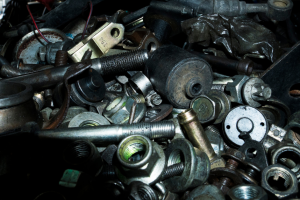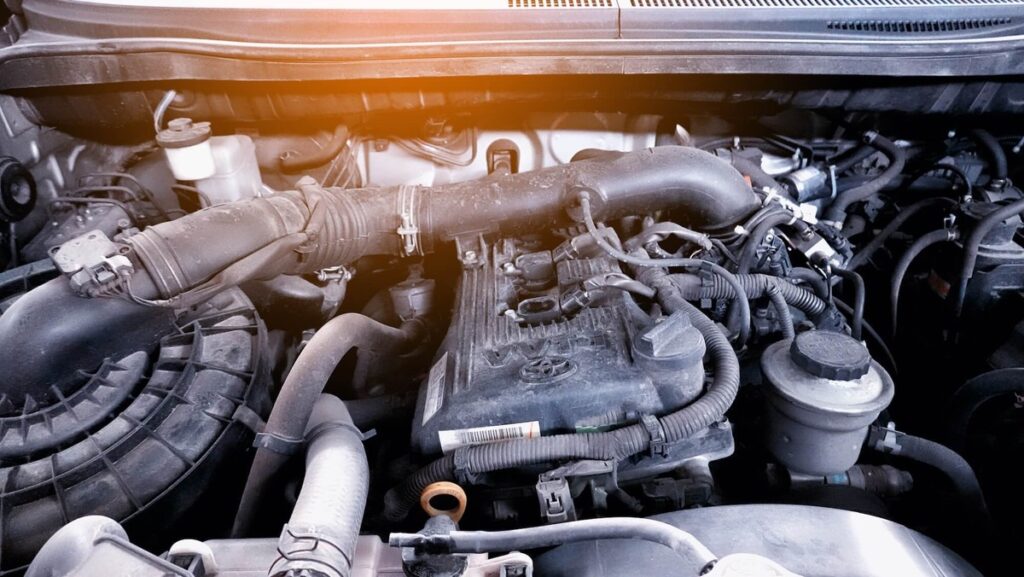Navigating the world of automotive repairs and upgrades can be challenging, especially when selecting the right components for your vehicle. Opting for pre-owned components can offer a cost-effective and environmentally friendly alternative to buying new ones. However, understanding the grading system for these items is crucial to making informed decisions. Here are three essential insights into the grading system for used car parts that can help ensure you get the best value and performance.
The Grading System Explained
The automotive component grading system is a standard method suppliers and salvage yards use to categorise pre-owned car parts’ condition and quality. This system helps consumers gauge purchasing decisions and match their needs with the available inventory. Grades range from ‘A’ to ‘D,’ with ‘A’ representing parts in excellent condition with minimal wear and ‘D’ indicating items in poor condition, possibly requiring refurbishment before use.
Understanding this grading system is pivotal when shopping for pre-owned components. It offers a clear, albeit general, indication of the part’s condition, helping buyers make comparisons and informed choices. However, these grades are somewhat subjective and can vary between suppliers. Hence, it’s advisable to inquire about the specific criteria a supplier uses when grading their inventory.
Quality and Reliability Do Not Always Correlate with Price
When purchasing car components, opting for used car parts can be advantageous in terms of cost savings. Used high-grade parts (‘A’ or ‘B’) are often just as reliable and perform just as well as a brand-new item, especially if they come from a vehicle that was written off due to external damage. This can provide excellent value for car owners who want durability and functionality without the hefty price tag of a new part. However, it’s essential to exercise caution when considering lower-grade parts. While they may be more affordable, they may only sometimes offer the best value in the long run. It’s essential to thoroughly research and assess the cost of any necessary refurbishments or repairs against the savings made on the purchase price. Investing more in a higher-grade used car part can improve overall value by reducing the need for future replacements or repairs.
Compatibility and Longevity
Beyond the initial quality and price, two critical factors to consider when purchasing pre-owned components are compatibility with your vehicle and the part’s expected longevity. Ensuring that the part matches your car perfectly is paramount, as even minor discrepancies can lead to performance issues or damage. Suppliers and salvage yards can often provide detailed information about the compatibility of their inventory, making it easier to find a suitable match.
Regarding longevity, higher-grade parts typically offer a longer service life, contributing to better long-term value. An ‘A’ grade part, for example, will likely have undergone less wear and tear than lower-grade options, suggesting a longer lifespan and potentially fewer issues down the line. This is particularly important for critical components such as engines, transmissions, and electronic parts, where reliability is paramount.
Conclusion
Choosing pre-owned automotive components can be a smart, sustainable choice for vehicle repairs and upgrades, offering significant savings without compromising quality. Buyers can navigate the market more effectively by understanding the grading system, ensuring they make informed decisions that balance cost, quality, and longevity. Remember, the goal is to cost-effectively enhance your vehicle’s performance and reliability. You can achieve that with some research and knowledge about used car parts grades, ensuring your car runs smoothly for years.





